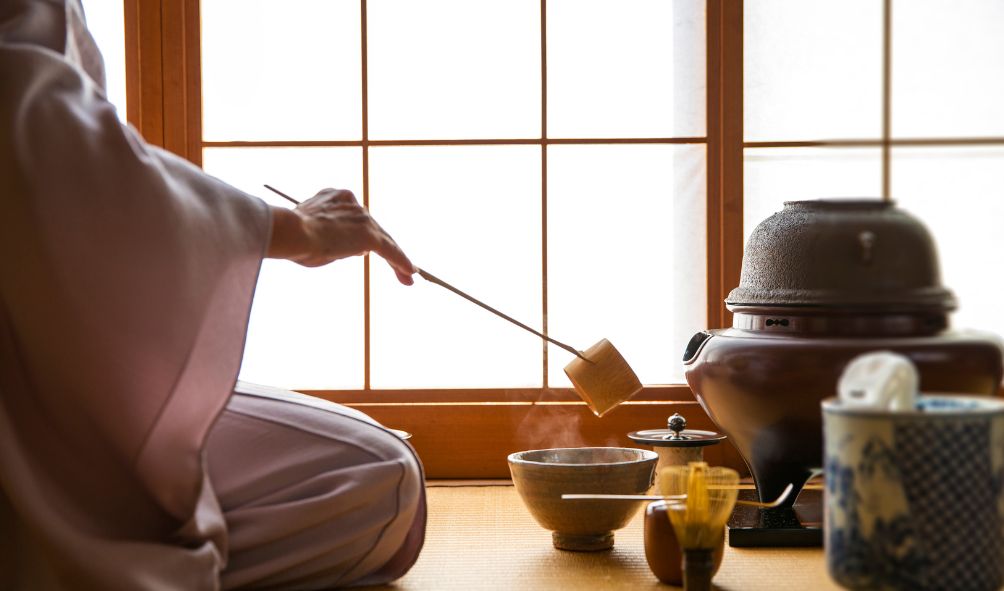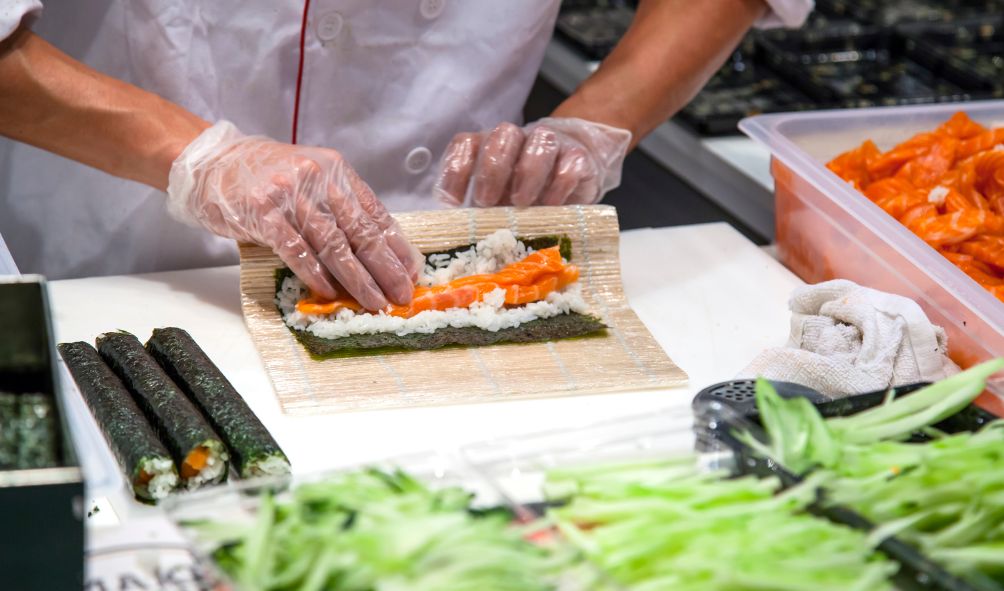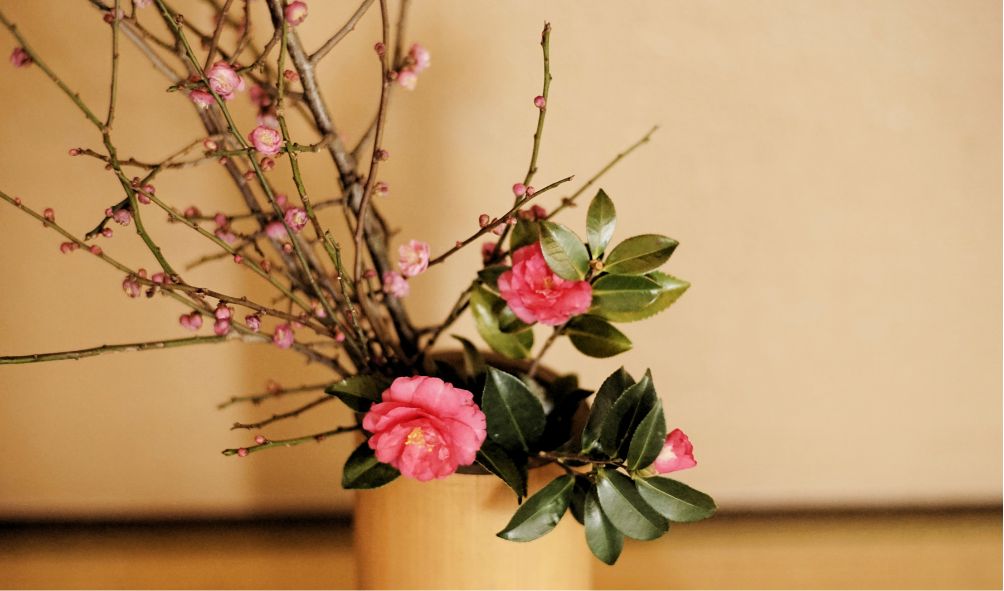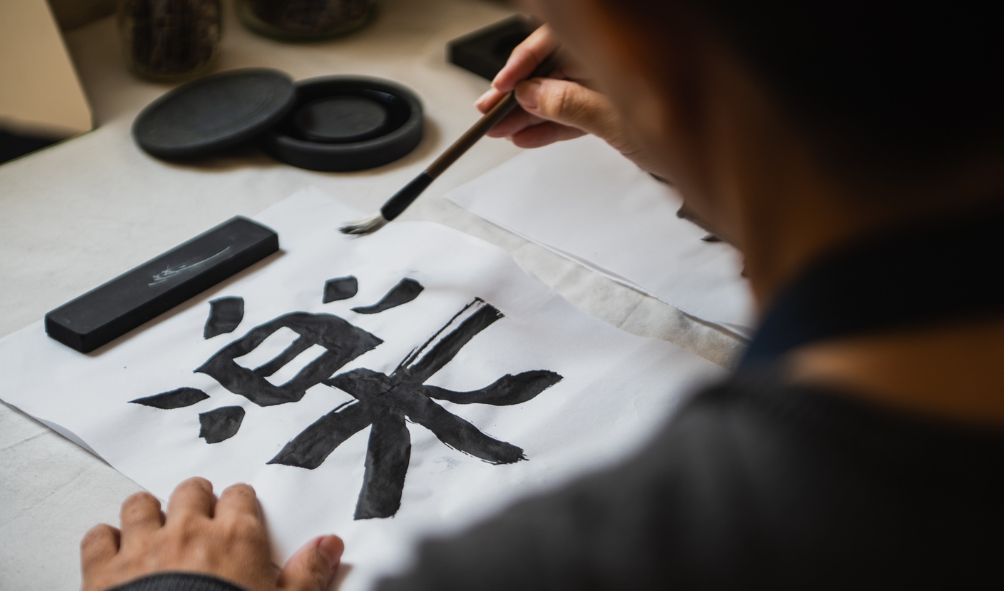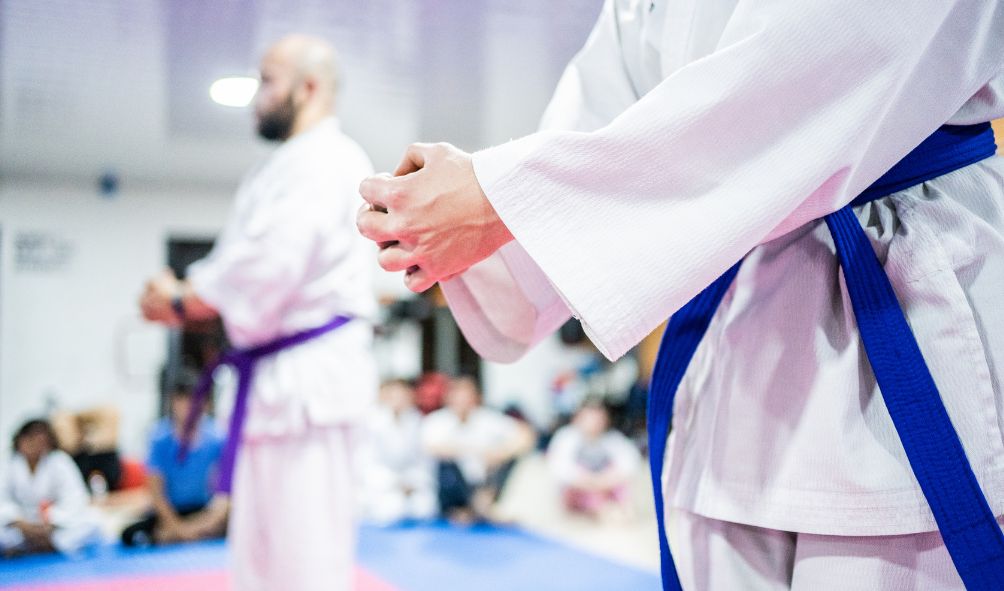Best 6 Cultural Activities in Tokyo
Tokyo's Best Cultural Activities: from tea ceremony to traditional dance, 6 must-try experiences
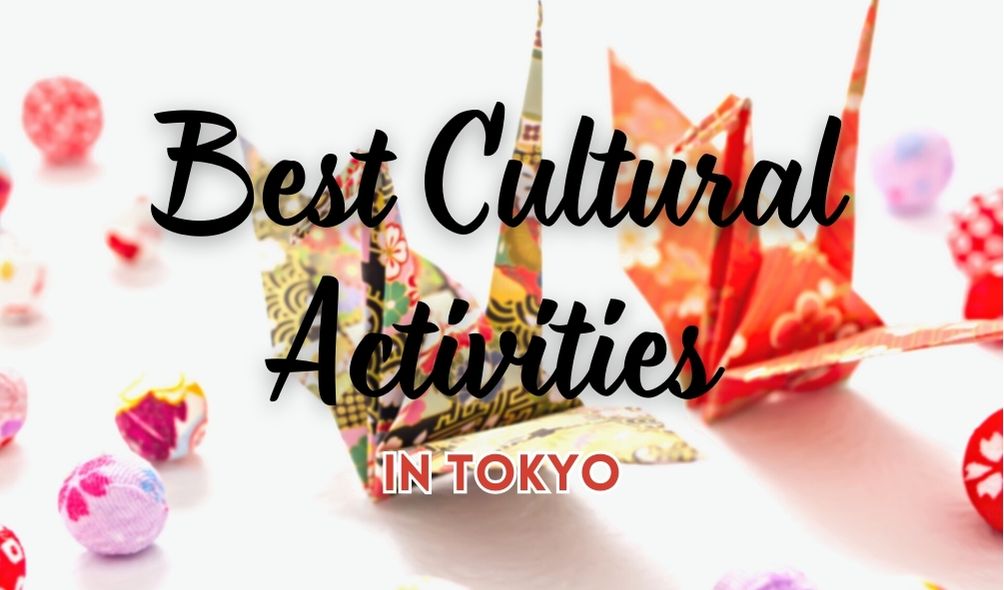
Are you planning a trip to Tokyo and wondering how to immerse yourself in the Japanese cultural scene? With Tokyo being one of the world’s largest and most vibrant cities, it’s easy to feel overwhelmed by all the activities available and information.
Especially on a first trip, going to tourist spots, visiting historical sites, or joining a food tour to enjoy gastronomy are things you can’t miss. But it’s also good to reserve a part of your time to immerse yourself in the local culture by doing activities that you can only do in Japan. From tea ceremonies to traditional dance exhibitions, there’s a cultural activity for everyone to enjoy and have unique experiences firsthand.
In this article, I would like to introduce a list of our 6 best cultural activities that will help you make the most of your time in Tokyo. Not all activities suit everyone, as we all have different tastes and preferences, but I hope this helps you in deciding what to do when you get the chance to visit this great city.
*Please note that this article contains affiliate links.
1. Tea Ceremony
The Japanese Tea Ceremony is a truly unique experience that you won’t find anywhere else in the world. It’s a tradition where people gather to enjoy Japanese tea in an elegant and unique way, following specific steps in a calm atmosphere. Called Sado (茶道), or the Way of Tea, this practice has evolved over 600 years, reflecting principles of harmony, respect, and mindfulness.
These days, green matcha tea is becoming very popular worldwide, like the beloved matcha latte. But taking part in an authentic tea ceremony is something you can only do in Japan.
▶Tea ceremony with seasonal wagashi
2. Cooking Class
Japanese cooking classes are a hit among tourists, offering a fun way to learn about Japanese cuisine and culture. With English-speaking instructors, participants get hands-on experience making Japanese dishes at the same time as they get into Japanese customs interacting with the instructor. The best part comes at the end of the class when participants get to eat the delicious creations they’ve made. If you’re seeking a unique culinary experience beyond dining out at restaurants, joining a Japanese cooking class is highly recommended.
Among the array of Japanese cooking classes available, sushi-making is the favorite one among tourists. But Japanese bento (lunch boxes) or Japanese traditional sweets are also popular.
▶Decorative sushi roll, Japanese tea lunch
▶Experiencing Neriki, Japanese traditional confectionery
3. Ikebana
Ikebana is the Japanese art of flower arrangement, emphasizing minimalism, balance and harmony. Each arrangement is thoughtfully composed to evoke specific emotions or themes, drawing inspiration from nature and seasons. With its origins tracing back centuries, Ikebana has become a cherished cultural tradition in Japan.
Practicing ikebana is a form of meditation and self-expression, fostering a deeper connection to nature and beauty. If you’re seeking a time of self-meditation and to enjoy a one-of-a-kind activity, explore the Japanese art of flower arrangement in Tokyo joining a ikebana class.
4. Japanese Calligraphy
Japanese calligraphy, known as Shodo (書道, way of writing), is an art form that combines brushwork with expressive creativity. Rooted in ancient tradition and cultural significance, it holds an important place in Japanese culture.
Writing your name or practicing Japanese kanji using a brush can be an interesting and fun activity.
5. Martial Arts
For those more active people who are looking for a more sporty experience, how about trying Japanese martial arts with a professional? Japanese martial arts, like judo and karate, blend discipline with physical prowess. Originating centuries ago, they emphasized respect and self-improvement. Today, practiced worldwide, they offer both self-defense and personal growth.
Let’s face it, the Netflix series about the Karate Kid has once again attracted a lot of people to get interested in the world of karate. If you’re a fan of the series, or you’ve been into this martial art before, what better place than Japan for your first class?
▶Japanese martial art! Karate Class
6. Japanese Traditional Dance
Japanese traditional dance, including Okinawan Ryukyuan dance, is an expression that reflects the rich cultural heritage of Japan. Characterized by graceful movements, eye-catching and elaborate costumes, and rhythmic music, traditional Japanese dance has been passed down through generations, evolving while preserving its essence. There are several styles, from the refined performances of geisha to the vibrant Okinawan Ryukyuan dance.
▶Practice Okinawan Ryukyuan dance
If it is your first time in Tokyo and you don’t know where to go or what to do, check this article! ▶︎30 Best Things to Do in Tokyo
▽For more activities in other popular areas in Japan!▽
▽Subscribe to our free news magazine!▽
Thanks for reading this far! I hope it has been helpful ???? For more tips and information about traveling in Japan, you have these articles too. And even more information in Japan Web Magazine!
▽ Related Articles ▽
▼ Editor’s Picks ▼
Written by
From Barcelona to Tokyo. Coffee & Adventure lover.
I started to like Japan because of the anime, music and dramas, but after my first trip to the country I found what I love the most: traveling around, the culture and history. I have travelled a lot in Japan, but I still have many places to discover that I want to share with you. Let’s discover Japan together!
Also, as a foreigner living in Japan for over 6 years I understand what kind of things are difficult when you move here and I want to help other people in the same situation that I have in the past.





